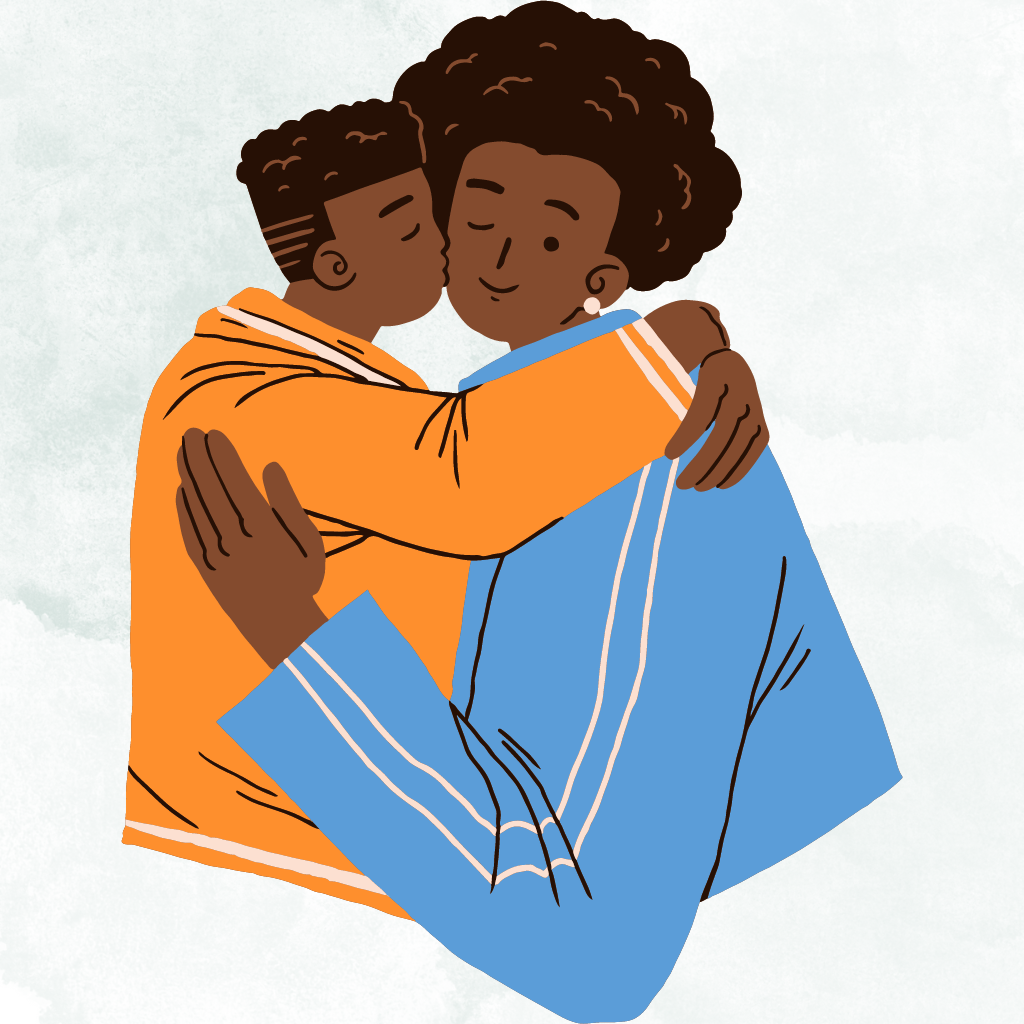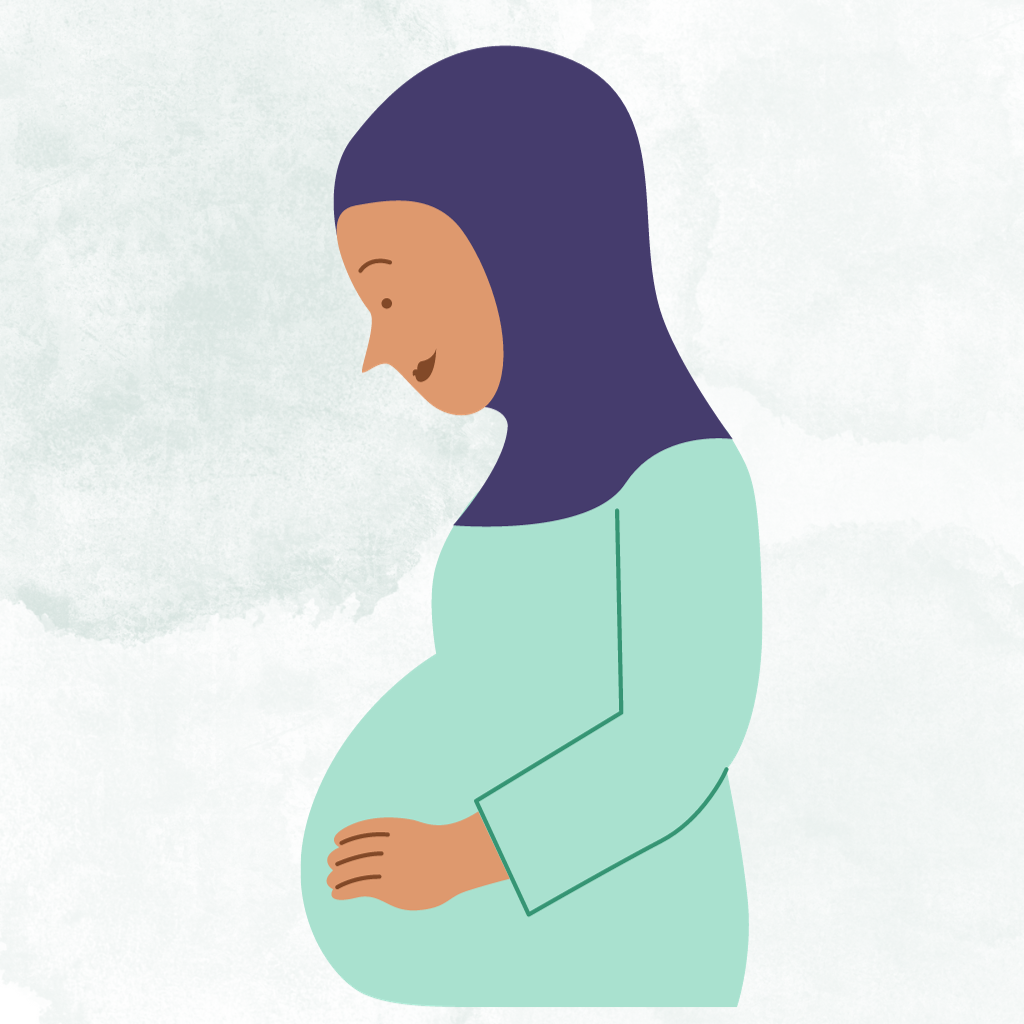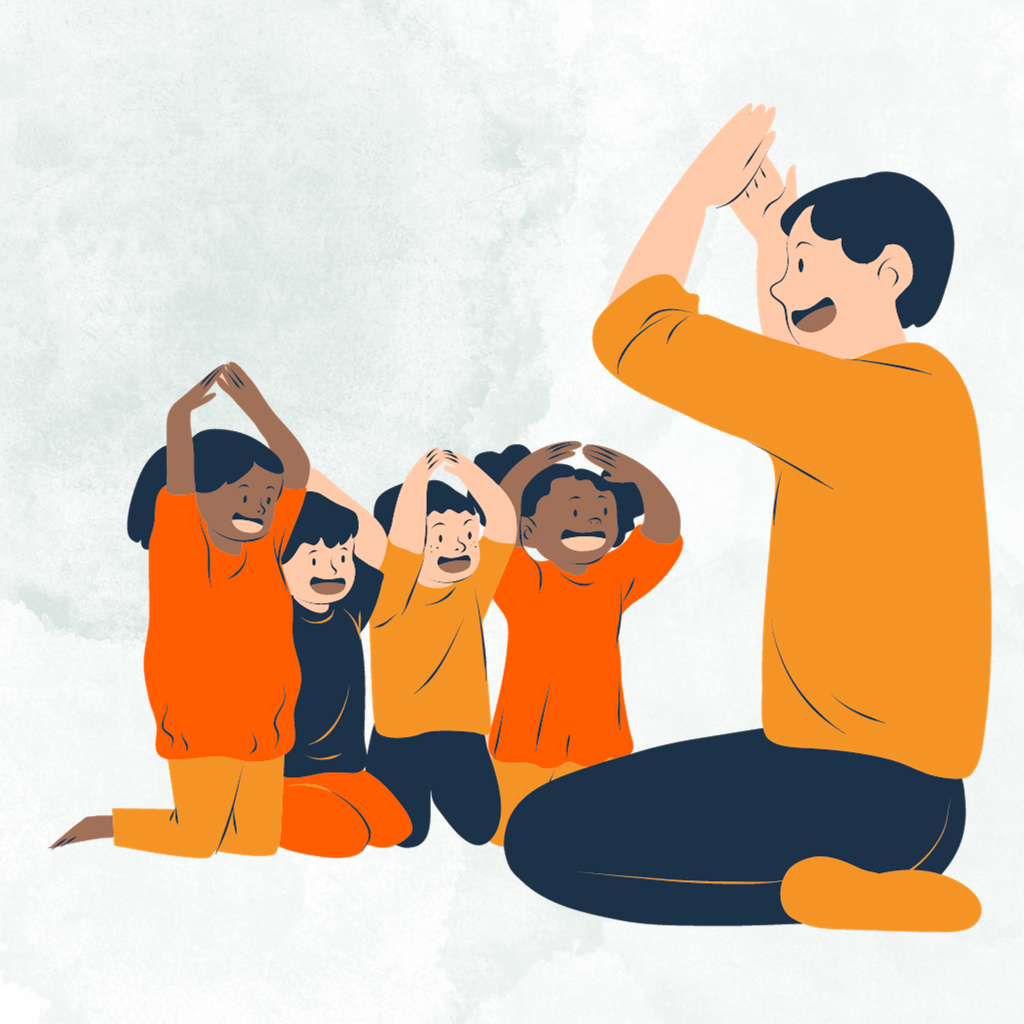to survive
What is AttachmentUsing Dr Patricia Crittenden’s Research
Simply put, we use attachment strategies when we feel a sense of threat, danger, or distress. Practising and nurturing children and young people through the lens of supporting attachment needs is complex. This article will introduce the theory of attachment and how it intertwines with child development. A child or young person can learn when they feel safe.



Content
What Are Attachment Strategies?
We are led to believe parents have an instant and deep-seated connection as soon as they are pregnant. When the baby is born, they will instantly bond, and the parent will seemingly respond to the baby’s needs efficiently and effectively. Each form of communication will flow, bouncing interactions from one to another.
As each experience is different, from pregnancy to birth to raising children, so will the bonding experience. Bonding and responding to a baby’s needs will depend on many factors such as health, stress, and support networks. In the end, all children will learn attachment strategies from their parents or main caregivers.
Attachment theory was first developed by Dr John Bowlby in the late 1950s, studying evolutionary biology and information processing. He continued his research alongside Dr Mary Ainsworth for many years. In the 1970s, Ainsworth studied developmental pathways and the strange situation. In the 1980s, Dr Patricia Crittenden studied with Ainsworth, eventually developing the Dynamic-Maturation Model of Attachment.
Human Survival
If we consider the human primitive basics, we will notice 3 concepts that motivate our primitive level. 1) To protect self. 2) Find and protect a (sexual) partner. 3) Protect the offspring until they are mature enough to repeat the cycle. Each person will learn a set of skills from their main caregiver to ensure survival. Bowlby believed a person will continue to develop and adapt to pursue survival throughout their life.
“Parents are children’s primary attachment figures and, as such, they function to promote children’s survival and well-being as well as to prepare children to become attachment figures to their own children” P3, Raising Parents by Dr Patricia Crittenden.
To understand attachment is to acknowledge the interaction between genetics, physiology, psychology, relationships, and context. It produces the strategies and skills we learn and choose to use. For example, a child in a war zone will learn very different survival strategies from their parents than a person living in a village in the UK.
After years of research, Bowlby figured out that a baby required a secure base as a foundation to develop. Attachment strategies are the behaviours a person learns to use when they perceive a threat or danger. A baby requires a protector and nurturer to survive. As the baby grows, they will copy their trusted protector; their parent, to protect themselves.
Furthermore, a baby specialises in surviving and thriving in their family. They learn to respond to the people and surroundings they experience. Whether the household is nurturing and trusting or aggressive and neglectful – the child will learn to survive in that environment.
Serve and Return to Attune
A parent becomes a secure base for their child by attuning to their child’s needs. The serve and return exchange gains momentum as each learns about the other. If you had your baby in a hospital, returning home with a newborn can feel a heavy responsibility. Without the nurse or midwife to guide and coach you on the intricacies of parenting, for some can be daunting. Truth be told, the few days and months are guesswork. Most parents check the basics first – is baby hungry, tired, or dirty? If all else fails, parents cuddle and comfort as they try to figure out what the baby wants.
Bowlby believed that the parent acted as a secure base so their baby could explore their world. When the baby feels distressed, they could return to their secure base, their parent. Being attuned to the baby offers a sense of safety and comfort. When the child returns to feeling secure, they get back to exploring the world further. This consistency and feedback loop, in turn, builds the skills to become one’s own secure base.
Developing attachment strategies doesn’t stop with the main caregiver as they are not always there. The developing child expands on who can be a secure base so they can branch out to other places such as a grandparent’s house, nursery and a little later – school.
Can you fondly remember an influential adult, outside of the family? Someone you felt safe to explore the world around you. Someone who orchestrated situations to encourage your curiosity and creativity, who spent time to focus on getting to know you and you had a distinct feeling they would comfort you when you needed it.
The Different Attachment Strategies
It was Dr Patricia Crittenden’s research highlighted how children can use different attachment strategies in different surroundings and with different people. The main caregiver is the primary secure base and when they are not available or in that environment, other attachment figures can step in so the child can regain their sense of safety.
For example, a child avoids talking about their feelings (avoidant strategy) with their parents and is hypervigilant about rejection by their teacher (ambivalent strategy). This incredible research permits us to reflect on how a behaviour (a strategy), could be replaced to support a child to feel more secure when in distress. In other words, if a child is faced with a challenge, they may react by not talking or showing anxiety. As the challenge increases in intensity, they become overwhelmed and by not talking or anxiety increases it only makes the situation escalate, resulting in a change of behaviour such as angry words and actions. Learning to talk about feelings or to trust the teacher will always help, the child can respond to their needs reducing the risk of escalation. It all takes time and practice.
Secure Attachment
A child who uses secure attachment strategies has learnt to recognise and accept their emotions. They can pause to think about what those emotions are trying to communicate to decide what will help the situation. The younger children will decide to ask for help from their secure base. Older children may be able to find a solution to the event themselves.
Attachment, in line with child development, grows as your child’s cognitive, physical, emotional, social, and pro-social skills develop. To clarify, a secure attachment will start to look like;
- Settled in oneself,
- Rarely feels jealousy,
- Can cope with some uncertainty,
- Feel confident in expressing emotions and affection,
- Can debate without aggression,
- Have good empathy,
They can offer trust
- Be flexible,
- Can set and respect boundaries,
- Comfortable being in their own company and with other people’s company,
- They have autonomy,
- More likely to build and maintain positive relationships,
- They can handle disruption and a sense of rejection.
Insecure Avoidant Attachment
If babies or children experience their emotions don’t matter or don’t help in a situation (the expression of a feeling increases the sensation of feeling unsafe), they will learn to avoid or overlook their feelings. When in distress, as they express anger, fear, and need for comfort, their parent deems it unacceptable behaviour. Under stressful circumstances, the child learns to disconnect their feelings. The children learn to avoid intimacy with their attachment figure whilst ensuring the parent doesn’t feel rejected.
“There is no internal intentional of my caregiver to know me […] there’s no-one to know.” Dr Daniel J Siegel
The quote suggests a vacancy, a void of their humanity. Children who use avoidant strategies live in the physical and tangible aspects of the world. They struggle to acknowledge and live with their mental side so, thinking and assessing strategies are dominant. Here is a link to Dr Daniel J Siegel’s great explanation.
Avoidant strategies look like
- Over independent,
- Avoids talking or expressing their feelings ,
- Become coy, to disarm aggression,
- Feels responsible for things they didn’t cause or can’t change,
- Smiling when angry to avoid,
- Very self-sufficient,
- Feels uncomfortable with intimacy or expressing emotions,
- Struggle with commitment,
- Distrust others,
- Compliant,
- Uses humour to mask, emotions/divert attention/maintain emotional distance.
Insecure Ambivalent Attachment
Ambivalent attachment strategies are learnt because the child’s experiences have been unpredictable or been approached with anxiety. The child has mixed feelings because of mixed messaging. Take something as simple as crawling. The baby is experimenting with using their body and could feel exposed. The parent is anxious, so the baby absorbs that feeling, creating confusion between taking a risk and anxiety.
A child can become confused about their inner states when feelings are labelled inaccurately. For example, a child may express or look angry whilst feeling fear and yearning for comfort. The unpredictable parental response is due to the mismatch between what the parent recognises and what the child feels.
Being uncertain can quickly become distress for children. Furthermore, they seek comfort but struggle to be comforted by the same parent. Again, Dr Daniel J Siegel explains this strategy in this clip.
Ambivalent strategies look like
- Desperate for attention but then push it away once they receive it,
- Overlook their awareness of contributing to a situation – focusing on the other,
- Overdependent,
- Remains distressed, even when comforted (to maintain proximity/care),
- Clingy,
- Difficult to please,
- Needs reassurance about your relationship,
- Carries a fear of abandonment,
- • Significant anxiety when separated from caregiver,
- Distrusting of strangers even when parents are present,
- Demonstrate extreme ‘attention-needing’ behaviours,
- Displays polarized thinking – People/events/objects are either all good or all bad,
- Hypervigilant towards indications of rejection in interpersonal relationships,
The Strange Situation
The Strange Situation is Mary Ainsworth’s famous experiment that identifies a child’s attachment to their parent. At the time, the focus was on the mother-baby relationship, however, it is relevant to parents and highlights the different attachment styles.
You can watch this video explaining the strange situation and how Ainsworth began to continue Bowlby’s distinct research on attachment strategies. The video explains disorganised attachment too which is definitely for another post.
People and Places
As babies learn attachment strategies as soon as they are conceived, parents or the main caregivers have an opportunity and responsibility (sometimes this can feel overwhelming for parents) to develop healthy, secure attachment strategies with their child.
However, it doesn’t just stop with the parents or main caregiver. Nursery colleagues, school staff, social workers, early help practitioners, youth workers, and youth offending colleagues all have opportunities to respond to the children and young people that help them develop healthy attachment strategies by providing safety, comfort, proximity, and predictability.
Our Attachment Journey
A human being can live an esteemed life using different attachment strategies. Crittenden’s maturation model acknowledges most people use a little avoidant and ambivalent at times, to healthily respond to situations.
Positive experiences and relationships can form healthy attachment strategies at any age. (It’s just harder to replace unhealthy strategies.) Self-esteem, self-worth, aspirations, and healthy relationships rely on secure attachment strategies. To slow or even reduce the internal struggles of any negative feelings would significantly create a happier and more confident child.
Finally, parents and colleagues are not robots. All adults have their attachment strategies when faced with threats or danger. Being tired, spinning many plates and wanting to do what is best for the family or workplace adds another layer when trying to respond to a child or young person’s needs (which is why it is so complex).
“To help parents, we need to understand them as people who have children – as opposed to seeing them as existing solely in terms of their ability to fulfil their children’s needs.” P4, Raising Parents by Dr Patricia Crittenden.
A child can commonly experience illness, hardship, and even a pandemic. Thereby potentially creating insecure attachment strategies. Caregivers and colleagues are faced with ambiguity, complexity, and uncertainty in most interactions with their children. Does the adult have all the information needed? How does the adult recognise the correct feeling to label it? No adult has a crystal ball foreseeing the outcome of a decision.
As a child continue to develop until they are 25 years old, there are many opportunities to reflect and adapt to meet the needs of children and young people. Each time, assessing their perceived sense of safety, comfort, and need for proximity and predictability.
Attachment and PSHE Curriculum
In the UK, Relationship and Health Education is statutory which ensures children and young people have dedicated time in school to learn about friendships, respectful relationships, mental health, and being safe.
Like all curricular areas, there are specific criteria to meet, and I believe some of the criteria can easily highlight the benefits of building strong relationships (secure base) and learning how to respond to feelings when feeling distressed including co-regulation.
It’s good that schools use the time for students to identify friendships that make them feel happy and secure. To practice self-respect, recognising emotions, and exploring how different situations with different people can produce a range of emotions. It’s wonderful that schools promote a space where the students can be the educators’ sharing interests and experiences to develop practical steps to improve respectful relationships within the context of meeting their attachment needs.
Finally, PSHE offers an opportunity for educators to learn about their students to attune, building serve and return moments when delving into relationships, emotions, and trusting adults.
I can’t resist a plug. How I Smashed a Plate, an interactive story deliberately uses attachment topics and behaviour support strategies in the PSHE curriculum to build on the strengths of students and adults.
Michelle x (I’m off to make beans on toast)